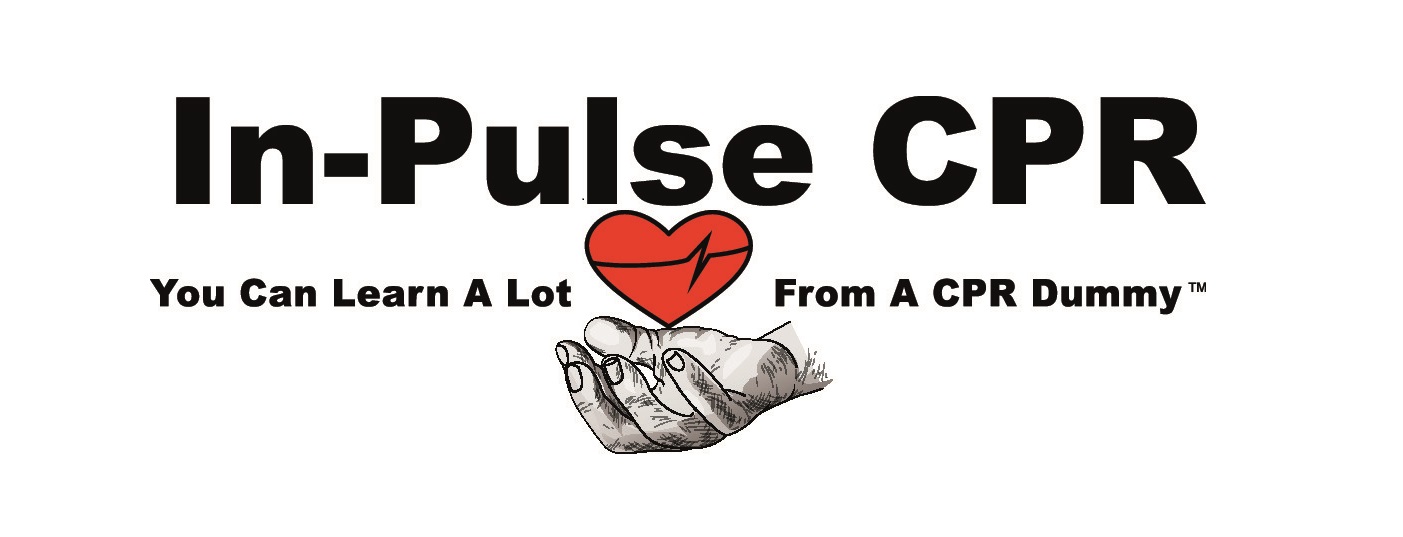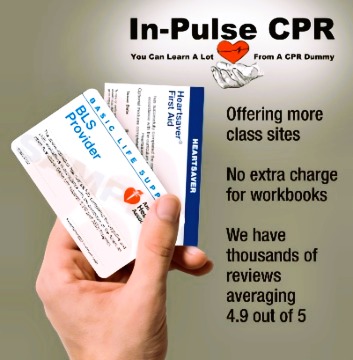Studies: Bystanders Who Know CPR Save Lives!
Written by Tom Sirmons
A wealth of recent research* reaches the same conclusion: those who suffer cardiac arrest are far more likely to survive long-term if a bystander immediately begins proper CPR. That’s especially true when emergency medical personnel are unable reach the scene within eight minutes. BUT – considering that brain damage from lack of blood flow begins as soon as four minutes after heart failure, the need for CPR administration is vital, in the truest sense of that word, no matter how good you think EMT response-time is in your area. And there’s more:
If you learned CPR five or more years ago, you are almost certain to apply it incorrectly. Granted, survival rates are higher even among those who receive outdated CPR, but the American Heart Association now stresses that maintaining blood flow to the organs is more important than trying to restore breathing via mouth-to-mouth resuscitation. In fact, a study published in The Lancet several months ago found survival rates among heart attack victims are substantially higher when only proper chest-compression is administered. The old model of alternating compressions with breaths into the victim’s lungs is less effective. Also, note the italicized word above – proper!
Chest compressions must be performed with the right combination of repetition and depth to achieve optimal results. In a word, that means training. It’s not a matter of instinct or common sense to know how hard and how often to press down on a cardiac victim’s sternum. The fact is that it’s harder and more frequent than an untrained person is likely to realize. Here’s a hint about compressions: more than one per second! While a 911 dispatcher can you give you basic information over the phone, nothing takes the place of training, which is so readily accessible in almost every community.
The ultimate conclusion is that almost any intervention is better than none. After all, when the heart stops, death follows if no action is taken. But the goal is giving the victim his or her best chance at recovering and going on to live a healthier life. Medical authorities say the best known means of meeting that goal is different now than it was just a few years ago. If you’re not trained in CPR, call the American Heart Association and find out how easy it is. If you are trained, this would be a good time for a refresher. Lives hang in the balance. If others get the right instruction, one could be yours.
*citations available on request




